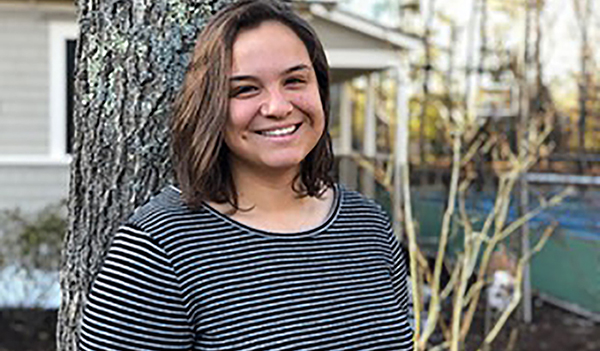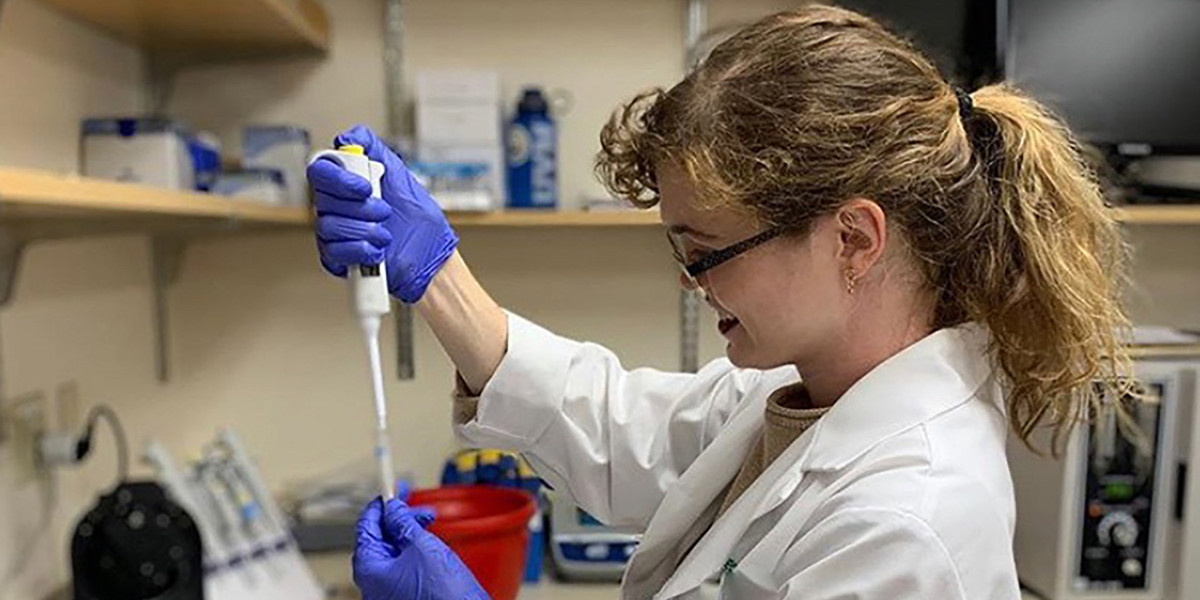Recognizing nicotine addiction as a significant public health issue, the University of Vermont is moving toward becoming a tobacco-free campus, with a target date of January 1, 2015.
“Tobacco is still a leading public health issue, and it’s a huge public health issue on college campuses across the country,” said Jan Carney, M.D., M.P.H., associate dean for public health, professor of medicine and co-chair of the Tobacco-Free UVM Steering Committee with Tom Gustafson, vice president for university relations and administration. “One of the proven strategies to reduce tobacco use and reduce exposure to second-hand smoke is to promote smoke-free and tobacco-free environments.”
Smoking is the leading preventable cause of death in the United States, resulting in more than 480,000 deaths – about one in five deaths – each year, according to the U.S. Centers for Disease Control. It increases the rate of coronary heart disease, stroke and lung cancer and contributes to many other health issues. Nonsmokers also are affected by smoking; secondhand smoke contains about 70 cancer-causing chemicals and leads to nearly 42,000 premature deaths from heart disease and lung cancer each year in the United States, the CDC says.
And perhaps even more startling for an environmentally-conscious campus like UVM, which recently banned the sale of plastic water bottles: Cigarette butts – which are non-biodegradable and contain dangerous chemicals and carcinogens, essentially making them toxic waste – are the leading source of litter on the planet.
Tobacco Use Among College Students
Despite these statistics, many college students are not getting the message about the negative and often lifelong health effects of smoking, Carney explained.
“Although adult smoking has declined over the decades, and youth smoking declined since the 1990s, tobacco use among college students increased, and remains at about 20 percent of college-age students,” she said. “One of the published statistics we noticed is that a large percentage of college students who use tobacco took it up while in college.”
In one CDC study, the 2009 National Health Interview Survey noted that 38 percent of current smokers ages 18 to 25 reported they began regular smoking after age 18. In a recent UVM thesis, according to Carney, a graduate student in nursing found “that of the undergraduate and graduate students at UVM who smoke, more than a quarter of them took up the habit while at UVM.”
Although it’s unclear why 18- to 25-year-olds pick up the habit, research from the CDC and others cites exposure to smoking, social norms, advertising or other factors that encourage smoking. “In the same way that an environment that supports or promotes smoking will result in more people smoking, we also know that smoke-free policies and campaigns to promote ‘not smoking’ as the norm will result in fewer people using tobacco.” Carney said.
Changing the Culture
Making college campuses tobacco free could keep more students from starting smoking in the first place. “Nicotine is very, very addictive,” she said, “so in the long run, it’s much easier to prevent college-aged students from ever starting to smoke than it is to get them to quit later, because quitting is much harder.”
The effort at UVM would ban the use of cigarettes and other tobacco products – including smokeless tobacco and e-cigarettes – on all UVM property, university-owned vehicles, and any other vehicles parked on campus. It also would apply to off-campus buildings owned or leased by UVM. In addition, on-campus public events such as sports, Commencement and conferences would be covered by the initiative.
Carney and others involved in the Tobacco-Free UVM effort are not concerned that campus police or other officials would need to spend time enforcing the policy.
“The goal is a change in our culture, promoting a healthy environment at UVM, and that’s an educational approach over time,” she said. “This is same thing that happened with campaigns to end smoking in indoor environments. When you educate people about the health reasons for becoming tobacco-free, that message over time becomes self-enforcing.”
How the Initiative Started
UVM’s tobacco-free efforts began in 2012 when the University Benefits Advisory Council, Student Government Association and medical students began discussing the benefits of a tobacco-free campus. In response to a UBAC recommendation, President Tom Sullivan proposed a process to create a Tobacco-Free UVM, launching the steering committee and its five subcommittees in 2013.
If the university community signs on, UVM would join about 1,200 colleges and universities that have eliminated smoking on their campuses and 800 that are tobacco-free. The steering committee and subcommittees are leading the conversation to ask “what’s needed to achieve this goal, and how can we make sure our environment at UVM supports health,” Carney said.
Over the past year, more than 50 students, staff and faculty on the subcommittees have surveyed the UVM campus. The subcommittees also have researched the impacts of the use of tobacco products as well as the experiences of other tobacco-free universities.
Next Steps
In the coming months, the steering committee will hold open forums and focus groups and meet with governance, advisory and activity groups to collect feedback and educate the campus about the reasons for the proposed policy change. Currently, UVM policy bans smoking inside campus buildings and vehicles and permits smoking outside on campus grounds, except for within 25 feet of buildings, operable windows and air intakes.
UVM is modeling its policy change process after the University of Michigan’s multi-year campaign to become smoke-free. “One of the important things that other colleges and universities have done in trying to implement such policies is to make available quit-smoking resources,” Carney said. “In Vermont, we have a great network, and as part of the Tobacco-Free UVM Initiative we will ensure quit-smoking resources are available and easily accessible on the UVM campus.”
The initiative’s web site includes numerous resources, including links to 802 Quits, which provides help and resources to Vermonters who want to stop smoking.





